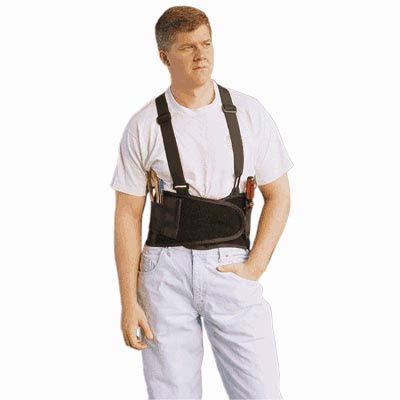Winning investments.
An investment that pay you now, and in the years to come. It takes very little investment in dollars and effort to move into a new house ...and let it fall apart. Ignore the loose shingle and water gets into the walls and footings. Ignore the moisture on the window sills and eventually the windows rot out. Neglect the crack in the foundation wall and the frame starts to shift. Without any effort, bit by bit, the house deteriorates until it is no longer fit to live in. In the same way, it takes very little investment and effort to neglect your health. Every time you overdo the body becomes distorted. Every time you underdo, the body weakens. Bit by bit, you deteriorate until your body is no longer fit to live in. The trouble is, you are stuck in it. With the house you live in, fixing little problems and keeping the place in order does take investment of some time, and effort, and money. Yet, the house stays comfortable and remains fit to live in for many years. Invest in your health. Ge...
